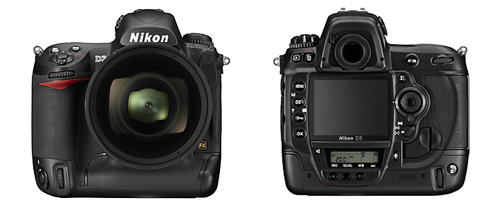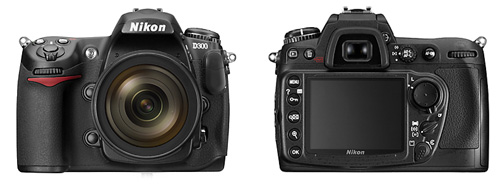Nikon just recently launched a new project with Flickr. It’s a site that allows users to get free advice. Yes, that’s what they claim.
It’s touted as the Nikon Digital Learning Center on Flickr.
More from the release:
“Complementing an interactive educational site on Nikon’s USA Web site, the launch of this new program on Flickr is revolutionary for a camera manufacturer. As an extension of Nikon School, this online resource provides Flickr members with tutorials, practical photography tips and advice from Nikon photo professionals to assist them in taking the photos they’ve always dreamed of capturing.”
Check it out and let us know how extensive it is OR if it’s a waste of time!




